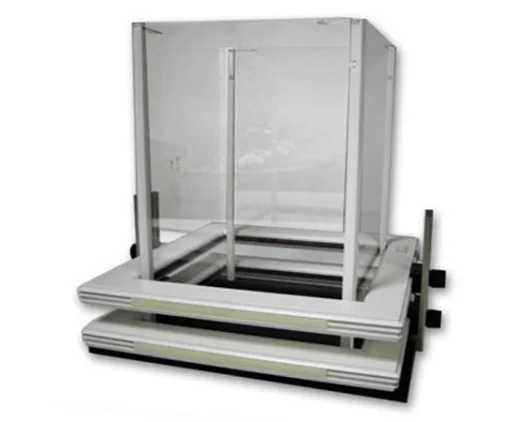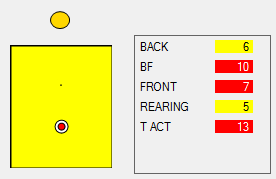

Taurine is a beta-amino acid that is found in very high concentrations in most cells, especially in excitable tissues ( 8 Preclinical studies of new molecular compounds should include molecular docking, molecular screening, assessment of specific activity, and morphological changes to find the proper treatment for stork treatment ( 8 Recently, a large number of studies have been devoted to the study of various pharmacological agents with antioxidant activity, such as platinum nanoparticles, for the correction of ischemic damage to the central and peripheral nervous system, which emphasizes the relevance of the problem ( 3 Ischemic cascade is caused by a decrease in cerebral perfusion, which causes a reversible ischemic network in the irreversible area of the stroke ( 2 Ischemic stroke accounts for 85% of strokes. Decreased perfusion can lead to stroke and result in permanent nerve failure or death.

High mortality due to stroke and cerebral ischemia has caused many problems, such as vision problems, blindness in one eye or double vision, weakness or paralysis in limbs (which may be on one or both sides depending on the affected artery), as well as dizziness and vertigo ( 1 The number of cerebrovascular diseases is increasing every year. Stroke is the leading cause of death in Russia. Prevention and treatment of cerebrovascular injuries are among the priorities of every country. The number of neurons without neurodegenerative changes prevailed in the group administered with LHT 3-17 (19.3±4.3), and the lowest number was observed in the group without pharmacological correction of the pathology (14.3☓.7).LKHT 3-17 at a dose of 150 mg/kg is more effective than taurine 50 mg/kg in protecting nerve activity in experimental ischemic stroke and reducing lethality, minimizing nerve defects, reducing volume, accelerating the process of tissue repair, helping stroke, and activating the regenerative processes. On the 1 st day, the thickness of the cortex was 1877.3±43.3 µm in the control group, and 1531.8☓9.1 µm in the LKHT 3-17 group. The locomotor and exploratory behavior was most significantly different on the 1 st and 7 th days and was accompanied by a significant increase in the speed of movement under the influence of LKHT3-17 to 20 and 20 conventional units, compared to the control of 7 and 5 cu. In parallel, an effective correction of neurological deficit was found for LKHT 3-17 and taurine to 4.0☐.8 and 7.6☐.9, respectively, on the 3 rd day in contrast to the control of 8.1☐.8 points. The animals were divided into an intact group (n=20) ischemic stroke simulation group without pharmacological correction (n=50) a group with correction of the ischemic stroke with taurine at the dose of 50 mg/kg (n=50) and a group with correction of ischemic stroke with magnesium-bis-(2-aminoethanesulfonic)-butadioate (LKHT 3-17) at the dose of 150 mg/kg (n=50).LHT 3-17 (150 mg/kg) and taurine (50 mg/kg) reduced lethality by 1.55 and 1.47 times, respectively, on the 7 th day after stroke, compared to the control group (P<0.05). The substances were administered 60 minutes before the start of surgery.

When assessing the morphological changes in the brain, attention was paid to two criteria, including the average thickness of the brain cortex and the number of neurons without degenerative changes.
ACTIMETER TREMOR INDEX SOFTWARE
The locomotor and exploratory behavior was evaluated using the Acti-track software and hardware complex. Neurological deficit was determined by the McGrow stroke index scale. The assessment of lethality, neurological status, locomotor, exploratory behavior, and morphological pattern of the brain damage was carried out on the 1 st, 3 rd, and 7 th day after the pathology simulation. The ischemic stroke was simulated by electrocoagulation of the right middle cerebral artery.
ACTIMETER TREMOR INDEX CODE
This study aimed to evaluate the effectiveness of pharmacological correction of the consequences of ischemic stroke with a new derivative of taurine magnesium-bis-(2-aminoethanesulfonic)-butanedioate under laboratory code LKHT 3-17 in rats. The brain tissue leads to the death of brain cells in less than a few minutes due to the lack of oxygen and nutrients. Sudden loss of blood flow to an area of the brain causes ischemic stroke, which leads to the loss of nerve function in the brain.


 0 kommentar(er)
0 kommentar(er)
